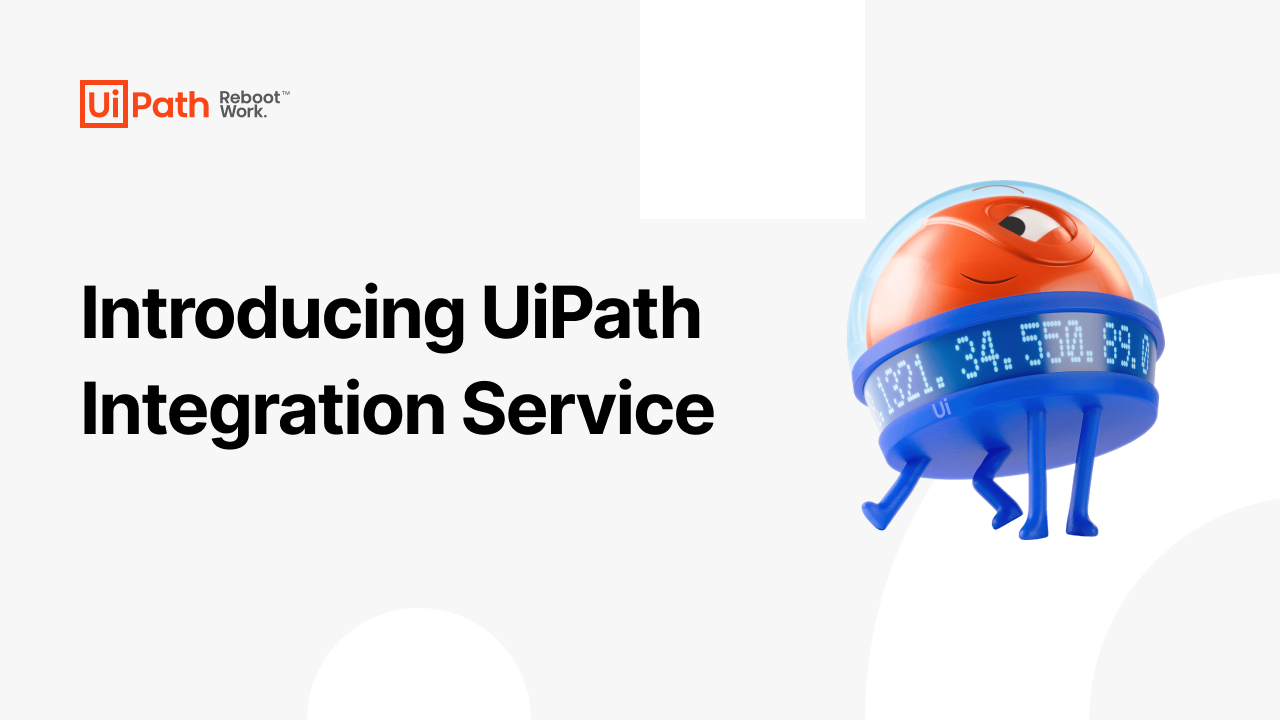Newly Enhanced Triggers Help Drive Automation

UiPath Integration Service is on a mission to help drive every robot’s role across any application within an automated workflow.
As part of the leading robotic process automation (RPA) platform combining world-class user interface (UI) and API automation, Integration Service provides a rapidly growing library of pre-built connectors and connections.
That said, both connectors and connection management—and robots — depend on triggers to activate the next step in an automated process. By automating workflows from application-to-application, triggers, for example, can help quickly drive a human resources (HR) onboarding process, a typical order-to-pay scenario, or even a complex, lead-to-cash workflow.
Robots love triggers
Triggers support robots by reacting to key events in third-party systems, empowering robots to start an automation, or activate the next step in a workflow process. This enables robots to increase efficiency by responding to key business changes in near real time.
Trigger activations are generated by server-side events, including data updates, or added data, and deletions. For example, a workflow could be started by a new opportunity updated in Salesforce, a transaction being posted in SAP®, or simply, the receipt of an email.
Consider the HR onboarding example below, where each robot activity or ‘Step’, triggers an automated process response.

Step 1: Robot automatically creates a new user in Salesforce.
Step 2: Trigger-event kicks-off a process for a service request in ServiceNow.
Step 3: Robot logs into a third-party web application that doesn’t have an API by using user interface (UI) automation.
Step 4: Robot drafts a summary email to the new hire, via Microsoft Outlook, using an API native integration.
Or this customer relationship management (CRM) contact-to-lead nurturing process:

Step 1: Robot automatically creates a new customer contact in Hubspot CRM.
Step 2: Oracle Eloqua localizes and personalizes marketing content for the new customer contact.
Step 3: Oracle Eloqua moves customer contact into marketing automation.
Step 4: Robot starts an email (part of an email nurturing campaign) for the new customer contact in Marketo.
Enhanced flexibility—and governance
In addition to driving automation workflows, triggers also provide self-governance capabilities.
Now, based on the instructive customer feedback we received from our Integration Service public preview, UiPath provides substantive enhancements to both triggers and connection management:
Monitoring/maintaining automation flow: A ‘failed connections’ icon helps quickly spot and resolve authentication issues
Historical insights into trigger activity: Integration Service provides an audit trail detailing your trigger history, including trigger attempts
Increased usability: Both connections and triggers are now supported through custom-connection naming
Watch this demo to see Integration Service, connection management, and triggers in action:

If you're new to UiPath, try UiPath for free!
To get early access to new products and features sign up to be part of our Insider Program.

Senior Product Marketing Manager, UiPath
Get articles from automation experts in your inbox
SubscribeGet articles from automation experts in your inbox
Sign up today and we'll email you the newest articles every week.
Thank you for subscribing!
Thank you for subscribing! Each week, we'll send the best automation blog posts straight to your inbox.



